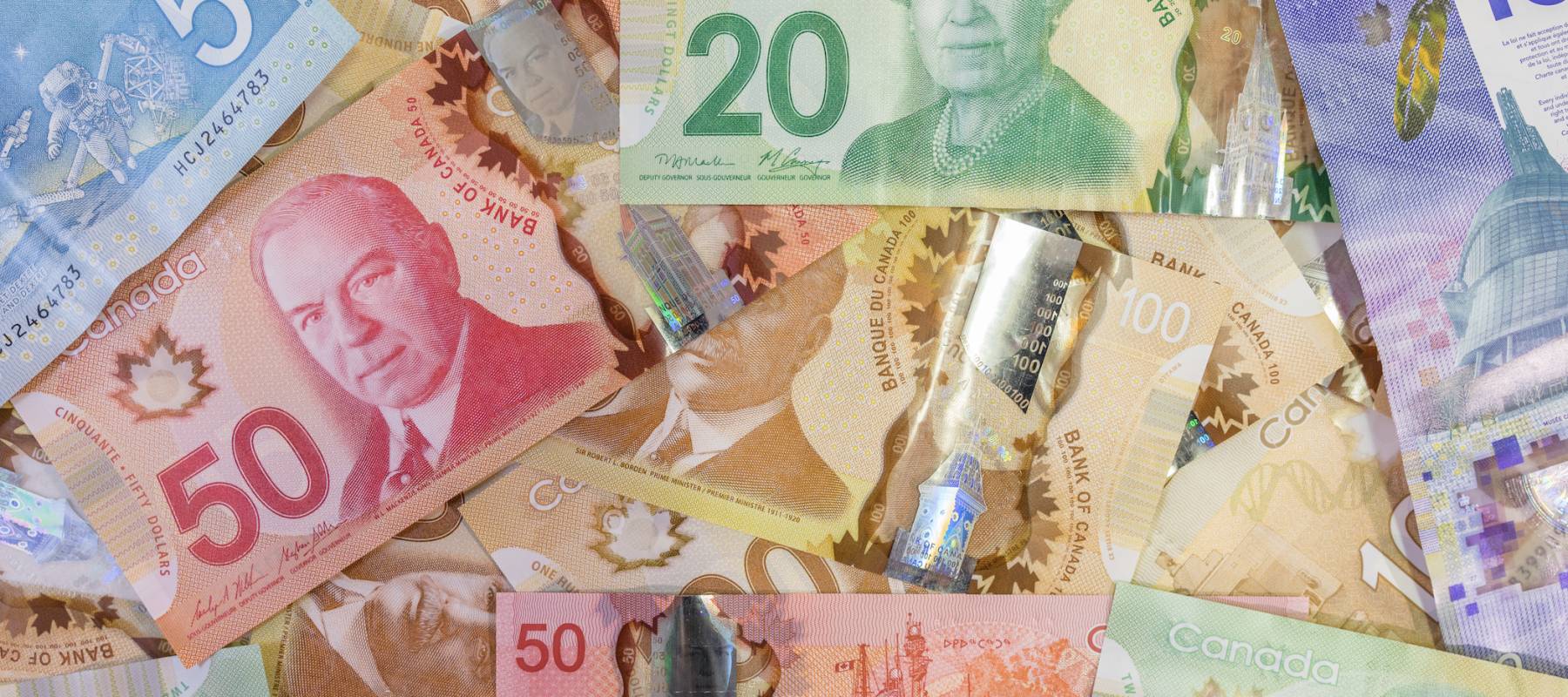First, define emergency

A true emergency would be blown transmissions.
Since emergencies are sudden and unexpected, it may be easier to define what they're not, rather than what they are.
Your kid’s prom, not having playoff tickets or being behind on your holiday shopping are not emergencies. True emergencies come out of nowhere and can hit you with a major expense, or interfere with your ability to earn money.
Examples include a blown transmission, the loss of a job, or a flooded basement. For those, you want to set up an in-case-of-emergency-break-glass fund in a separate account.
Grow Your Savings Effortlessly with Moka
Automate your savings with every purchase and watch your money multiply. Moka rounds up your transactions and invests the spare change. Start building wealth effortlessly today. Join thousands of Canadians embracing financial freedom with Moka
Sign up nowChoose the right kind of account

Put your funds in a savings account with easy access.
Your emergency fund should be accessible enough that you can withdraw money on short notice, but not so accessible that you can just dip into it on a whim.
Consider opening a high-interest savings account. Compare interest rates and fees. Make sure it’s convenient for transferring or withdrawing money in a hurry.
Eliminate the need for self-discipline or willpower. If your employer pays by direct deposit, divert a portion of your earnings to the savings account. If you deposit your paycheques into a chequing account yourself, set up recurring transfers to the emergency fund.
You might choose to put your emergency money into guaranteed investment certificates, or GICs, which pay higher interest. But there are pros and cons, because those are designed to be long-term investments.
Banks and credit unions typically charge penalties for cashing out GICs early. The penalties can encourage you to leave your emergency savings alone, but you'll be missing out on the flexibility of a high-interest account — and take a financial hit if and when something happens and you need to tap into your money.
Find ways to beef up your fund

Save a little. Make coffee at home, and resist the lattes.
One surefire way to boost the amount you can save is to stop spending money. Scrutinize your bank and credit accounts to find out where it’s all going.
Consider downgrading or eliminating cable TV — we can stream it all these days. Cancel the gym membership, and work out for free at the community center. Skip the daily Starbucks, carpool to work, install a programmable thermostat, and cook at home.
Teach art, music, swimming or carpentry in your spare time. Sell excess furniture, electronics and housewares on eBay or Craigslist.
Unexpected vet bills don’t have to break the bank
Life with pets is unpredictable, but there are ways to prepare for the unexpected.
Fetch Insurance offers coverage for treatment of accidents, illnesses, prescriptions drugs, emergency care and more.
Plus, their optional wellness plan covers things like routine vet trips, grooming and training costs, if you want to give your pet the all-star treatment while you protect your bank account.
Get A QuoteInstall money-saving apps

A screenshot of the Stash app
There are dozens of free apps that can make your smartphone an important tool in helping you save.
There's free apps that let you earn cash back on purchases.
You can use an online service to score gift cards to over 100 of your favorite retailers in exchange for completing surveys and watching videos.
Popular robo-advisors have apps that help you monitor and manage your investments on the go.
Calculate how much you need to put away

Crunch the numbers, and don't forget to include miscellanaeous expenses in the equation.
At a minimum, every household should save enough to cover expenses for three months. The target amount depends on factors such as the number of kids in the home, how much is owed on the mortgage, and each breadwinner's career prospects in the event of job loss.
Some experts recommend that you put aside enough money to get by for six months, while personal finance personality Suze Orman recently said the coronavirus crisis has been so bad that the new standard should be three-year emergency funds.
Once you've decided how many months (or years) your emergency cushion should cover, tally up your regular expenses — including rent or house payments, a car payment, car insurance, child care, utilities and groceries.
When you've determined your monthly expenses, determine your savings goal by multiplying by the number of months you want your fund to cover. A banker, accountant or credit counselor can take a look to make sure you’re on the right track. There are also emergency fund calculators online.
Yes, you really need emergency savings

Don't just blow unexpected windfalls, contribute to your emergency fund!
Annual household spending in Canada is $86,070, on average, according to the latest Statistics Canada research, so a six-month emergency fund for average earners should be approximately $43,035. A three-month fund would be $21,518.
Five-figure savings goals can be intimidating. Just remember that saving even a small amount each month is better than saving nothing at all. Stick to your goal, whether it’s $500, $200 or even $50 per month.
Jump-start your savings by shopping around for a bank that offers an introductory bonus for new customers. And resist the urge to blow the next big tax refund you receive. Each time you get an unexpected windfall, sock it away into the savings account.
If you build a big enough buffer, you’ll never have to go into debt for unplanned expenses. You'll be able to afford your new transmission or cover for job loss, and you won’t drain your retirement fund or be forced to sell stocks at a loss.
Sponsored
Trade Smarter, Today
With CIBC Investor's Edge, kick-start your portfolio with 100 free trades and up to $4,500 cash back.







